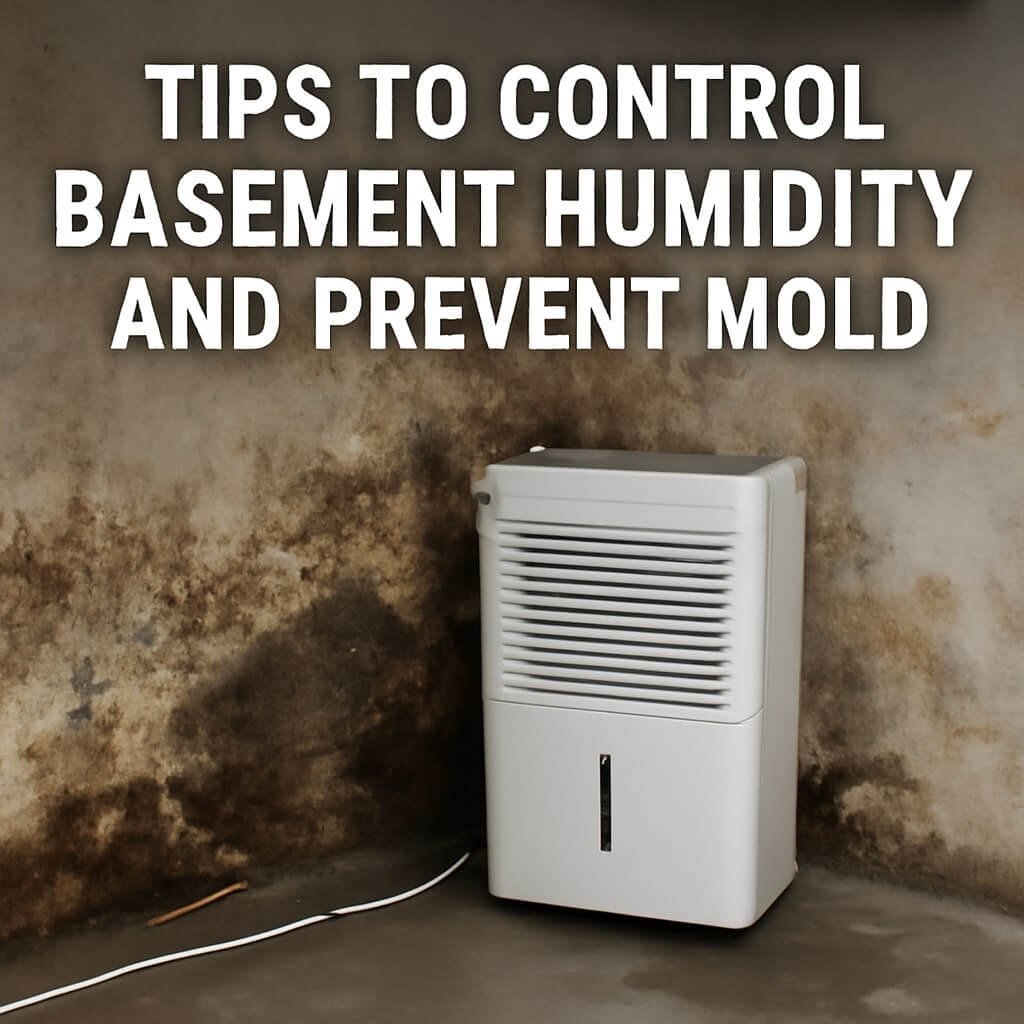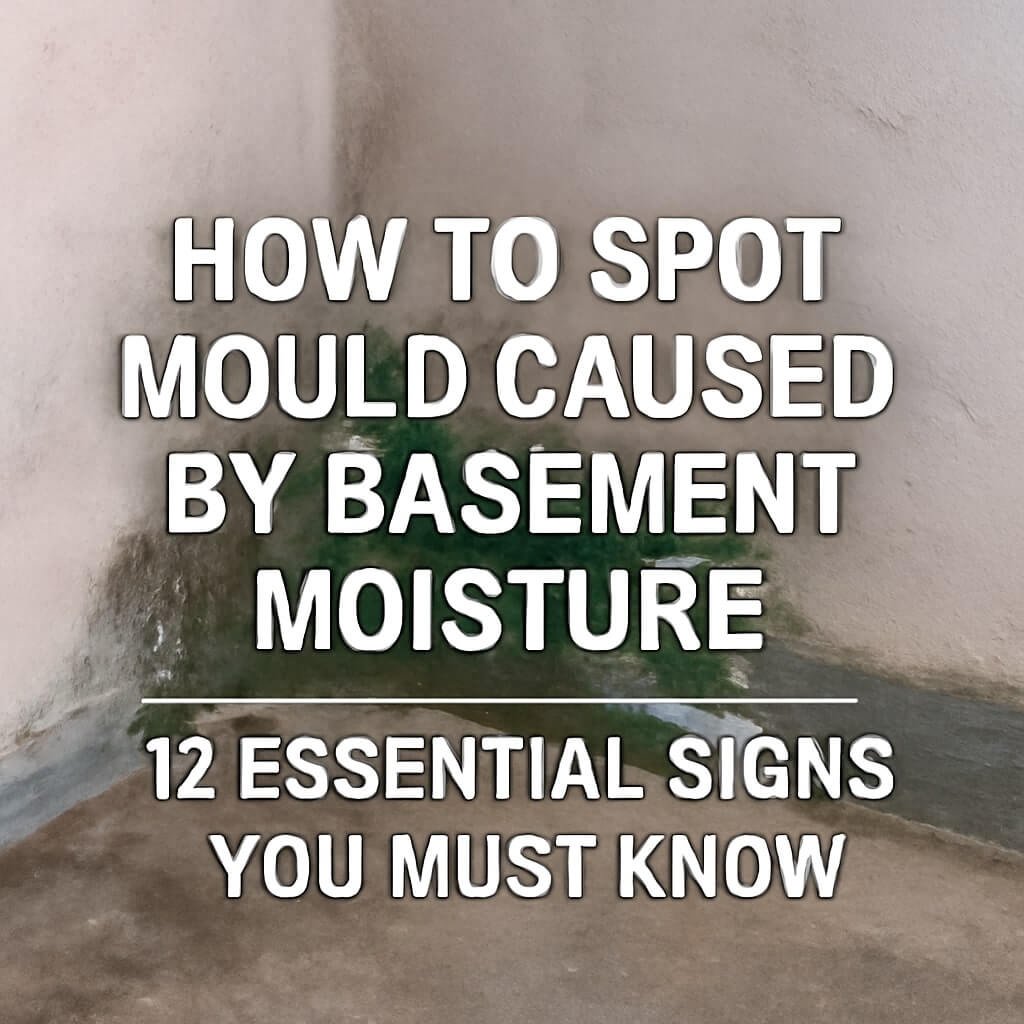Basement water damage can be a homeowner’s nightmare — costly, stressful, and a real threat to the safety and value of your property. The good news? Preventing basement water damage is possible with the right knowledge and proactive measures. In this detailed guide, you’ll learn 15 top tips to keep your basement dry, secure, and mould-free.
Understanding Basement Water Damage

Water damage in basements occurs when water infiltrates the space either through cracks, poor drainage, or plumbing issues. This moisture intrusion can lead to structural damage, mould growth, and unpleasant odours, all of which degrade your home’s integrity.
Common Causes of Basement Water Damage
- Poor Exterior Drainage: When the land around your home slopes toward the foundation, rainwater naturally accumulates near your basement walls.
- Clogged or Missing Gutters: Without gutters to redirect rainwater, water can pool around your foundation.
- Cracks and Foundation Flaws: Small cracks can allow water seepage over time.
- High Water Table: In areas with naturally high underground water levels, hydrostatic pressure can push moisture into your basement.
- Faulty Plumbing: Leaks in water pipes, sump pumps, or sewage lines can cause internal water damage.
Signs Your Basement is Suffering Water Damage
Knowing what to look for can save you money and headaches down the line.
Mould and Mildew
Mould thrives in damp environments and is a sure sign of moisture problems. Not only can mould damage surfaces, but it can also trigger allergies and respiratory issues.
Cracks and Efflorescence
Efflorescence is the white, powdery substance often found on basement walls, signalling water intrusion. Visible cracks, warping walls, or musty smells are also red flags.
Top Tips to Prevent Basement Water Damage
Let’s dive into practical steps that homeowners can take to prevent water problems before they start.
Proper Grading and Drainage
Ensure the soil around your home slopes away from the foundation by at least 6 inches over the first 10 feet. This helps direct water flow away and prevents pooling.
Installing and Maintaining Gutters
Gutters must be clean and free of debris to channel rainwater away effectively. Downspouts should extend several feet away from the foundation to keep water at bay.
Sealing Basement Walls and Floors
Waterproofing paints and sealants create a moisture barrier on walls and floors. For better protection, consider professional-grade sealants or installing a waterproof membrane.
Sump Pumps and Backflow Valves
A sump pump actively removes water collecting under your basement floor, while backflow valves prevent sewage from backing up into your home.
Regular Inspection and Maintenance
Check your basement monthly, especially after heavy rain, for signs of moisture, leaks, or damage. Regular maintenance of drainage systems and pumps is crucial.
Using Dehumidifiers and Ventilation
Maintaining low humidity levels (ideally below 60%) with a dehumidifier and good ventilation inhibits mould growth and keeps the basement environment dry.
Landscaping Solutions
Plant water-absorbent vegetation and use hardscaping (like gravel beds) to help manage runoff. Avoid planting trees with invasive roots near the foundation.
Frequently Asked Questions
How often should I inspect my basement for water damage?
Can I waterproof my basement myself?
What is the best sump pump for a home basement?
How does landscaping affect basement water issues?
How can I detect mould early in my basement?
What to do if basement flooding occurs?
Conclusion
Preventing basement water damage is not just about fixing problems but anticipating and stopping them before they start. By combining proper grading, maintenance, waterproofing, and smart landscaping, you can protect your basement and home investment from costly water issues.



